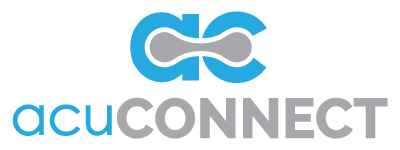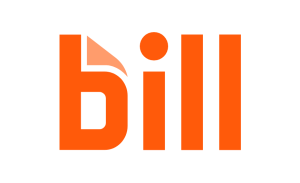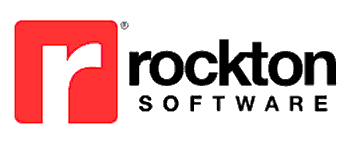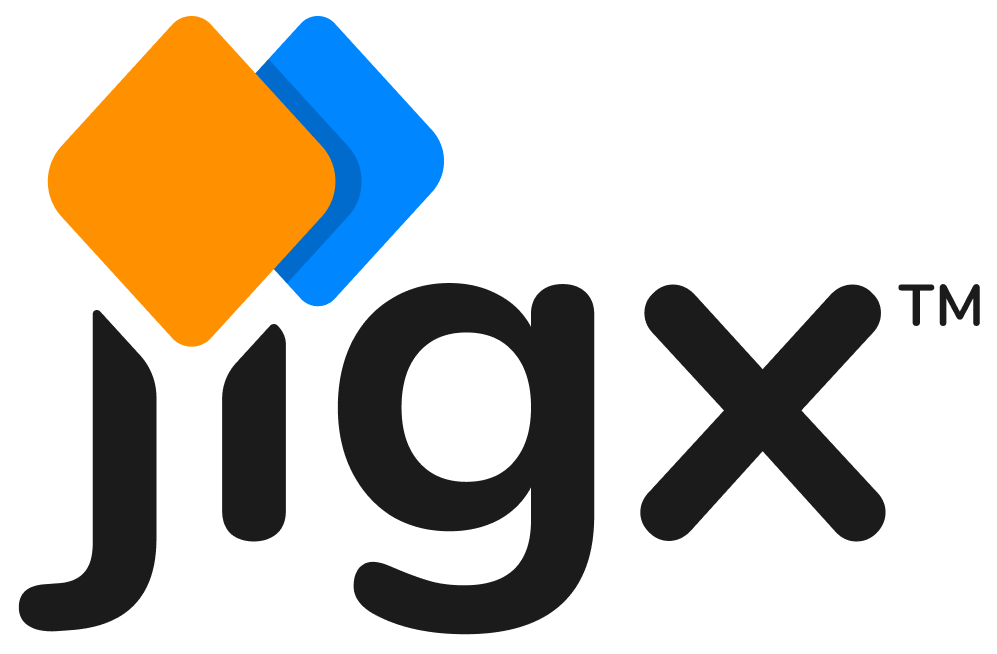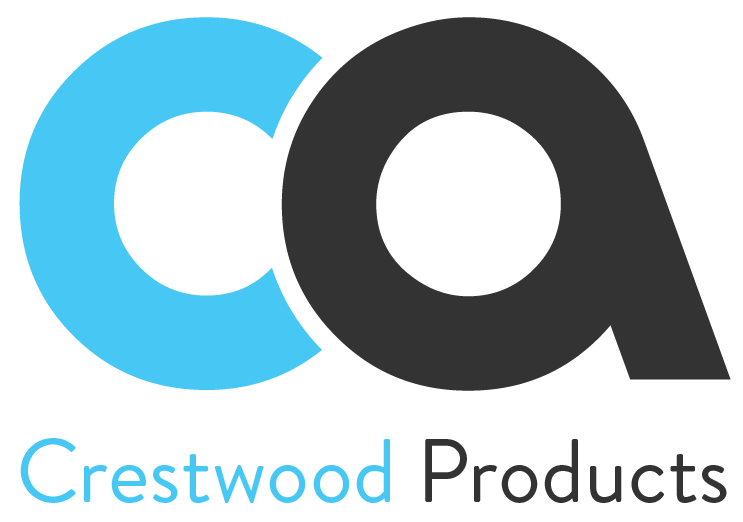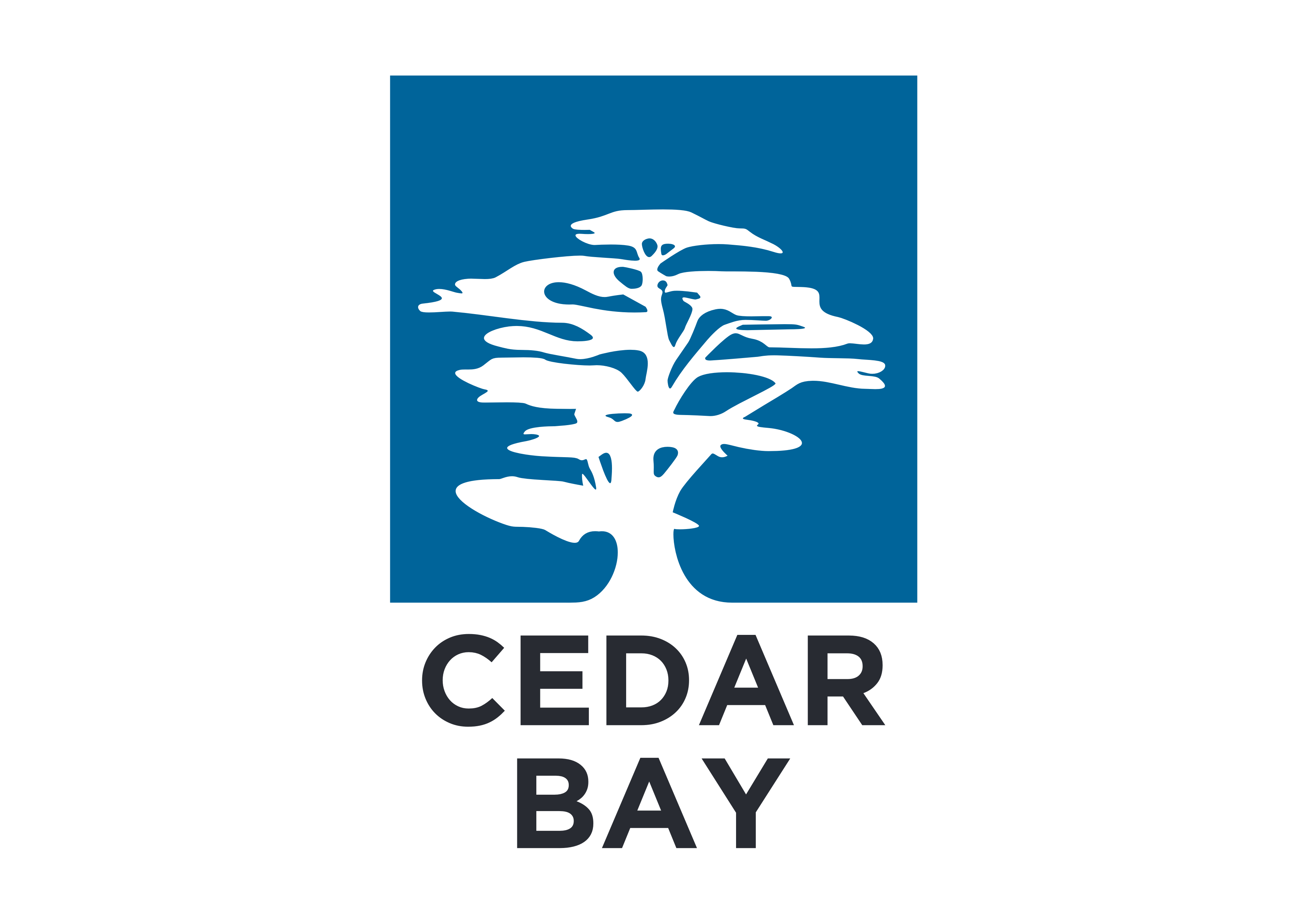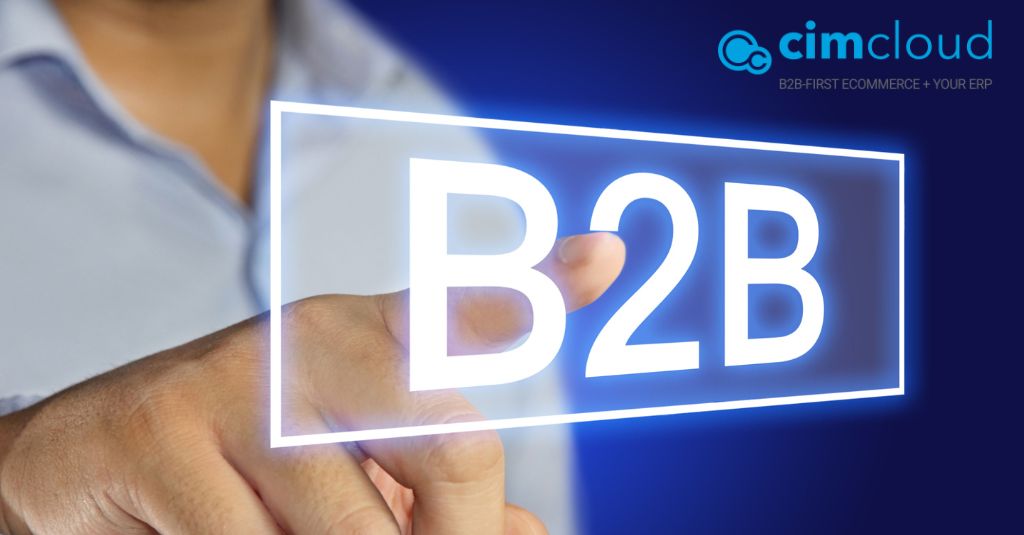Different Payment Types Explained
With inflation discussions dominating the conversation today, it is more important than ever to decrease your days sales outstanding (DSO). This not only increases your cash flow but reduces the risk across your business. One way to help ensure more customers are paying on time (or sooner) is to increase the ease and methods available to your customers to pay. And choosing the right payment service can be complicated, especially when the options come with so many different terms. But where should you start?
The acronyms of the different payment types, and how they function can confuse the most seasoned professional. And setting up the different payment methods for your business can be a chore, especially if you have manual, disconnected processes in place.
What’s the difference between a check and an echeck? An EFT versus an ACH? And how do you know which one(s) are the right ones for your business? This blog is designed to help you get started.
What is a check? A check is a document that orders a bank to pay a specific amount of money from the customer’s checking or savings account to the payee. A check serves as the most common payment type in today’s business landscape, but that doesn’t make them the most efficient. Paper checks require significant manual processing, which can lead to errors, increased DSO, and late payments.
What is an echeck?
An echeck is an electronic version of a check that uses the customer’s bank account and routing number to debit the funds from their account, just like a paper check. The main difference between an echeck and a check is that an echeck clears faster because it’s processed electronically.
What is an EFT?
An electronic funds transfer (EFT) is the electronic movement of money from one account to another, either within a single financial institution or across multiple institutions, directly or through interbank clearinghouses and payment systems.
EFTs are a time-saving and budget-friendly alternative to paper checks. They’re also safe, easy on the environment (no paper checks or snail mail), and cost-effective – not to mention error-free.
What is an ACH?
The Automated Clearing House (ACH) network is a batch-oriented electronic funds transfer system that provides interbank clearing of electronic payments for participating depository financial institutions.
The added security validation for ACH transactions means you can rest easy knowing your money won’t disappear into thin air like it sometimes does when making manual bank deposits; plus if there are any errors in an order placed through this method (which doesn’t happen often), both parties will know about them before completing their agreement so no time or energy goes wasted trying to figure out what went wrong later on down the line.
What are Credit Cards?
A credit card is a plastic card that gives the cardholder a line of credit to purchase items or withdraw cash. Credit cards are one of the most popular payment methods today. They offer convenience and flexibility that other payment methods don’t.
While accepting credit cards may carry separate processing fees, many payment providers allow you to include surcharging fees to cover these transaction costs directly.
What are Wire Transfers?
A wire transfer is an electronic transfer of money from one person or institution to another. Wire transfers can be made from one bank account to another bank account, or through a transfer of cash at a cash office.
Wire transfers are a quick and easy way to send money, but they can be expensive. The fees depend on the bank or transfer service you use, as well as the amount of money you’re sending.
What are Virtual Cards?
A virtual card is a type of card that exists only in cyberspace. Virtual cards can be used to make online payments, just like a physical credit card.
Virtual cards are becoming more popular because they offer a higher level of security than traditional credit cards. When you use a virtual card, the merchant never has your actual credit card number. This reduces the risk of fraud.
Virtual cards can also be used to set spending limits. This is helpful if you have employees who need to make purchases on your behalf. You can load the card with enough money to cover the purchase, and then cancel the card when it’s no longer needed.
Automation and Payment Connectors
Payments made via check, echeck, EFT, and ACH can all be automated with the use of a payment connector and AR automation. This means that your organization can take advantage of the many benefits these payment types have to offer without having to worry about the manual processes often associated with them.
A payment connector will automate the process of sending and receiving payments, as well as reconcile them with Lockstep Receivables and Acumatica. This means that you can save time and money by having a single solution to manage all of your payments, improving the customer experience by providing a streamlined way for them to make payments.
